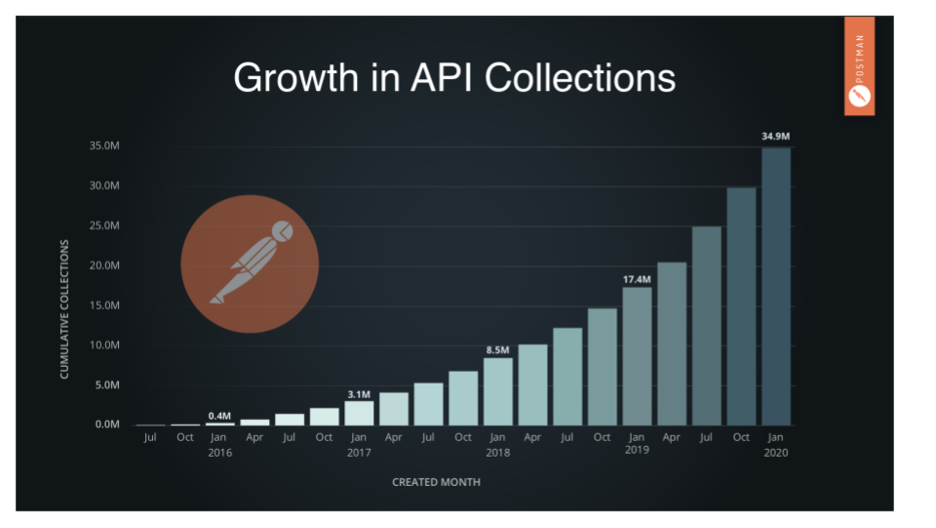APIs: What They Are and Why We Need Them Going Forward
What are APIs?
At some point in this century’s social media era, you have created an account for or signed into a media website or application such as (Facebook, Instagram, Twitter, TikTok etc.). While typing in your username or password you probably encountered a button (shown in the image below) that gave you the option to sign in with Google instead of creating an app specific account.
Millions of users have seen or used this feature but I’m willing to bet the majority do not understand the importance of what is happening. The key question at play here is: How would a social media app know a user’s google authentication information? After all, google is a separate software and its data is stored separately from that of other applications. The answer is an Application Program Interface (API).
APIs are a set of rules and protocols that allow different software programs to communicate and share data. APIs are critical to software and hardware development. In fact, the mouse and keyboard you are using to navigate this blog post are working correctly because of a well-defined API. It’s important for developers and users alike to understand how their various applications work together seamlessly.
How APIs Work
The vast majority (above 80 %) of API’s are Representational State Transfers or REST APIs for short. These begin with a user sending a request to the server using an HTTP method. These methods will be GET (used to retrieve information from a server such as a data table), POST (used to send information to a server, often to update a data source), PUT (used to replace a current data resource with a new one), or DELETE (used to delete a resource). The request can also have headers which can specify response file types and/or authentication methods. Finally, the request can have a body specifying what data to include in the response. After the request is submitted, the server’s framework will map the request to an endpoint which is a URL. Next a response will be generated and sent back to the client/user. The response will always, by default, send a success/failure message based on if the request is processed correctly or not, in addition to any data (commonly in JSON format) the request asked for. Observe the example API request below (Khalid 2023). This will tell the server to return a Json file with the “comment” and “rating” field with updated values of “ScrapingBee” is amazing” and “10/10” respectively.
Why are APIs Critical Going Forward
It’s no secret that the use of data across various types of businesses is increasing at a high rate. Businesses will need methods of seamlessly connecting this data across different applications to derive cutting edge technology. Therefore, “Developers who are natural innovators, are further embracing the use of APIs as a key tool to push the boundaries of what’s possible” (Awais 2023). APIs are essential to speed up business processes while maintaining data flexibility. Additionally, they must become more powerful to handle the ever-increasing number and sophistication level of apps spanning across web, mobile, and desktop platforms. In fact, the growth of API usage has already begun. According to the State of APIs report “63% of developers used APIs more in 2022 than they did in 2021” (Awais 2023). Look at the trend chart below from Postman. API collections were almost nonexistent a decade ago, now there are 10’s of millions of API collections through postman and the trend shows no signs of slowing down.
Finally, as a result of the increased usage of APIs, their “monetization rose by 16% from previous years.” This means that people are willing to pay developers who can build APIs more than in the past. In conclusion, because API production shows no signs of abating, developers should devote their time to master these software connections in order to continue to advance technological innovation.
Links to Other Moser Webpages
https://moserpe.atlassian.net/wiki/spaces/HON/pages/2604924929/API+Training
References
https://www.scrapingbee.com/blog/api-for-dummies-learning-api/#how-do-apis-work





